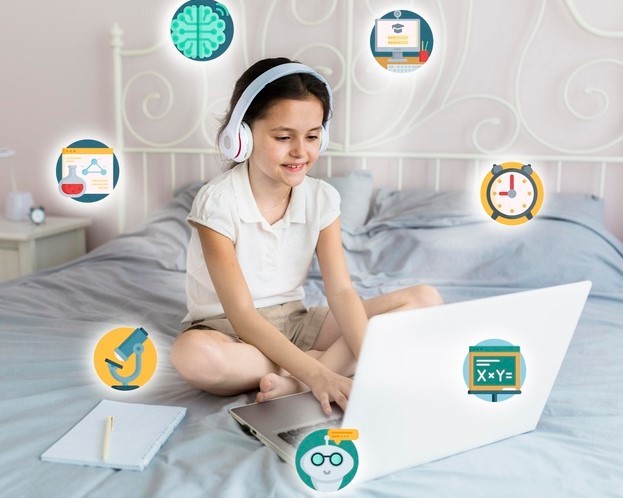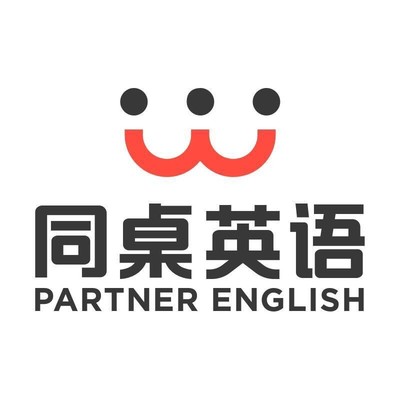Effective TEFL Stakeholder Relations
Stakeholders in ESL Education
Within English as a Second Language (ESL) education, stakeholders represent individual threads woven together to form an exciting learning environment. From students, parents, colleagues, supervisors or supervisors - each stakeholder brings its own set of perspectives and expectations into play when contributing their efforts in ESL education. Understanding their unique viewpoints while maintaining harmonious relations is paramount to meeting educational objectives while creating a conducive learning atmosphere. This guide serves as a helpful roadmap in managing stakeholder relations in ESL education, especially in relation to the chosen instructional method.

Identification of Key Players in ESL Teaching
Within ESL teaching, stakeholders refers to those individuals or groups with an invested stake in its teaching and learning processes, including students, parents/employers/coaches/supervisors etc. Involved parties could range from students, parents/employers or employers (if applicable), fellow teachers and supervisors - depending on your type of institution as well as students being taught (young learners, teens or adults). This section will explore their roles and expectations as well as motivations/goals so as these can impact teaching strategies and influence the selection and application of the instructional method accordingly.
Strong Stakeholder Relationships in ESL
Effective relationships between stakeholders are at the core of any successful ESL program, providing teachers with insight into each stakeholder's motivations and goals, which in turn informs effective teaching strategies and instructional methods. Furthermore, clear and regular communication with these key players facilitates setting realistic objectives while creating a supportive learning environment. This section explores their importance while offering practical tips to foster them further.
Stakeholders in ESL for Young Learners and Teens
When teaching ESL to young learners or teenagers, the main stakeholders include the students themselves, their parents, and your supervisors - each has individual motivations and expectations which need to be balanced when teaching this demographic. This section will delve into these nuances of teaching this demographic by exploring ways of satisfying all of its stakeholders while creating an engaging curriculum and applying an appropriate instructional method that resonates with young learners and aligns with other stakeholders’ expectations.
Stakeholders in Adult ESL: Employers and Students
Within adult ESL education, primary stakeholders often shift between students and employers as the focus shifts away from learning objectives of individual adult students and towards meeting proficiency goals set by employers; supervisors may also have an important role. This section explores these relationships in detail by considering specific learning objectives of adult students, language proficiency goals set by employers, and supervisors as key contributors. The instructional method adopted must cater to adult learning principles while addressing all stakeholder needs.
Effective ESL education relies on developing positive relationships with parents. In this section, we will present strategies to foster open and regular communication with them while setting clear expectations and promptly responding to any of their concerns. In addition, this section offers ways to personalize communication while showing genuine concern for their child's learning experience, which also supports the success of the chosen instructional method.
Navigating Difficult Relationships with Parents
Maintaining healthy relationships with our parents can sometimes be tricky. In this section, we offer guidance for navigating difficult waters, with strategies for setting clear communication guidelines, documenting conversations and remaining professional even during challenging moments. These relationships can impact how instructional methods are perceived and supported by parents.
Your Supervisor Relationships Matter
A positive supervisor relationship can make an immense difference to both professional development and career advancement. This section explores how supervisors play a vital role in shaping an ESL program at school, while positive relations provide invaluable support and feedback. Alignment with the instructional method can be a key area of mutual interest.
Tips for Fostering an Excellent Relationship with Supervisors
This section will offer practical advice on how to establish and foster positive relationships with supervisors, such as showing professionalism, commitment to school's vision and goals and effective communication. Furthermore, strategies will be provided on seeking feedback and showing initiative when problem solving. Understanding the instructional method and articulating its rationale clearly to supervisors is crucial in building trust and collaboration.
Even in the best environments, issues between supervisors can arise. This section offers strategies for dealing with these concerns professionally and promptly while emphasizing open communication, understanding, and problem-solving as essential ingredients of success. Agreement on the instructional method used can sometimes help in preventing misunderstandings.
-
"What is ESL Pronunciation and Phonics Importance?"
Discover essential strategies for teaching and assessing ESL pronunciation and phonics. Learn how to... -
Tips for Avoiding Potential Problems While Teaching English Online
Congratulation to start your online teaching journey, you might need to pay attention to many rules... -
Qualities of a Great Teacher: Building Trust, Inspiring Futures
Discover the essential qualities of a great teacher, including respect, adaptability, communication,...








